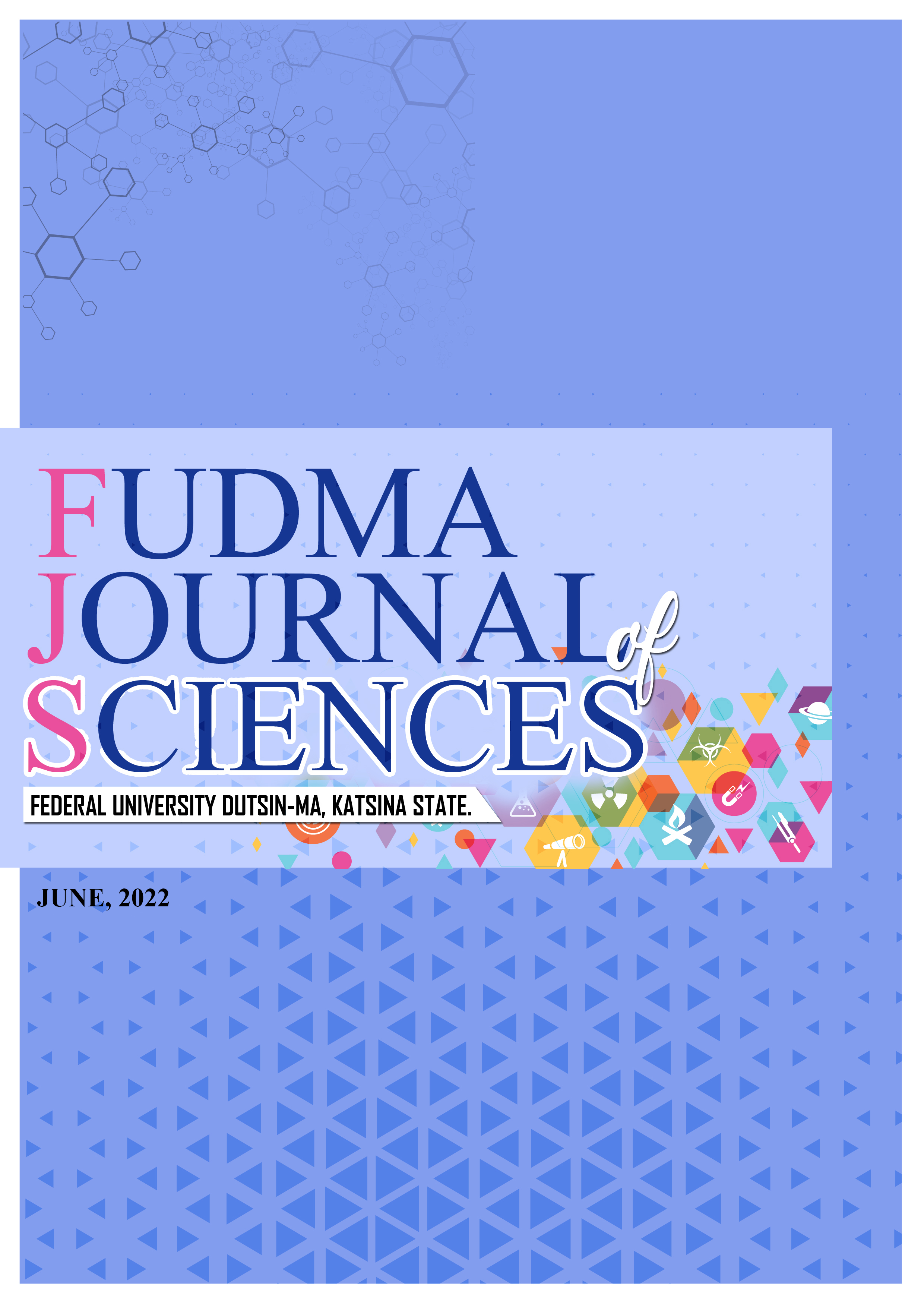SCREENING OF MAIZE (Zea mays L.) FOR PHYTOREMEDIATION ON CRUDE OIL CONTAMINATED SOIL
Keywords:
Crude oil, growth parameters, heavy metals, maize, phytoremediationAbstract
This study aimed at determining the phytoremediation latent of maize (Zea mays) on crude oil-contaminated soil. It involved the collection of maize seeds and growing it on a simulated oil spill contaminated soil with treatments at 25%, 50% and 75% w/w crude oil, alongside a control group. The experimental design was randomized; having three replicates, and was observed for fourteen days. Germination and growth parameters such as number of leaves, height of plant and stem girth was observed, and recorded. The result confirmed that crude oil had effects on the increase limit. The highest height recorded for the control with mean height of 57.85cm. The control group had mean value of 7.41 as the utmost quantity of leaves. The 25g treatment group recorded 8.62cm2, which was the highest recorded stem girth, followed by the control with mean value of 8.18cm2. From the soil analysis the metal status examined in the control group varied significantly from the crude oil contaminated soil. However, the study proves that the plant has phytoremediation capacity and hence can be utilized in phytoremediation of crude oil polluted soil
Published
How to Cite
Issue
Section
How to Cite
Most read articles by the same author(s)
- Grace Obi-Iyeke, Evieva Ogbara, EFFECTS OF LEAD ON THE GROWTH OF TOMATO (Lycopersicon esculentum Miller.) , FUDMA JOURNAL OF SCIENCES: Vol. 6 No. 1 (2022): FUDMA Journal of Sciences - Vol. 6 No. 1





